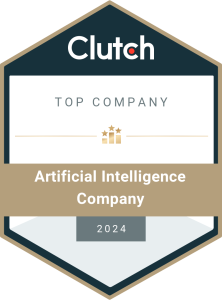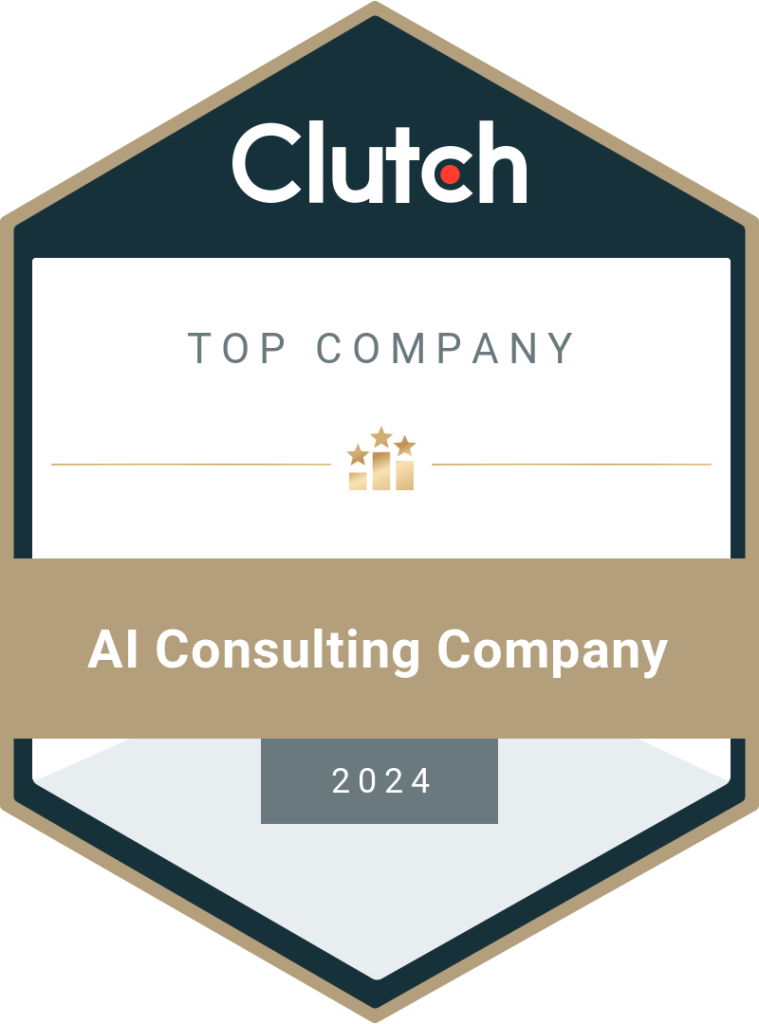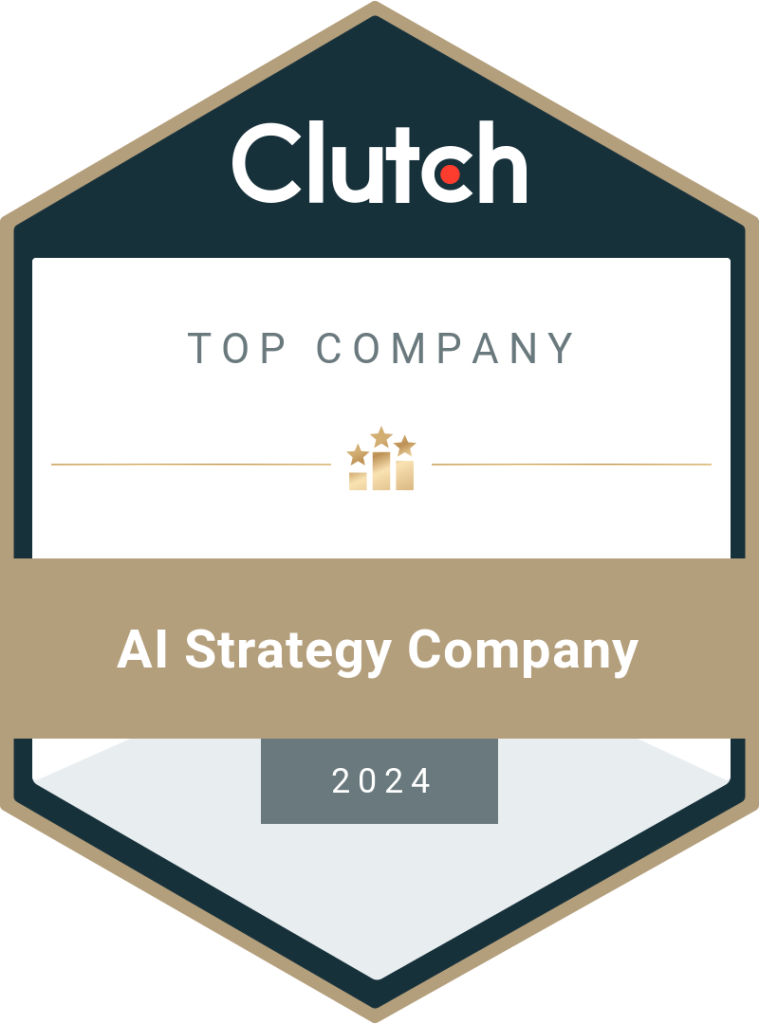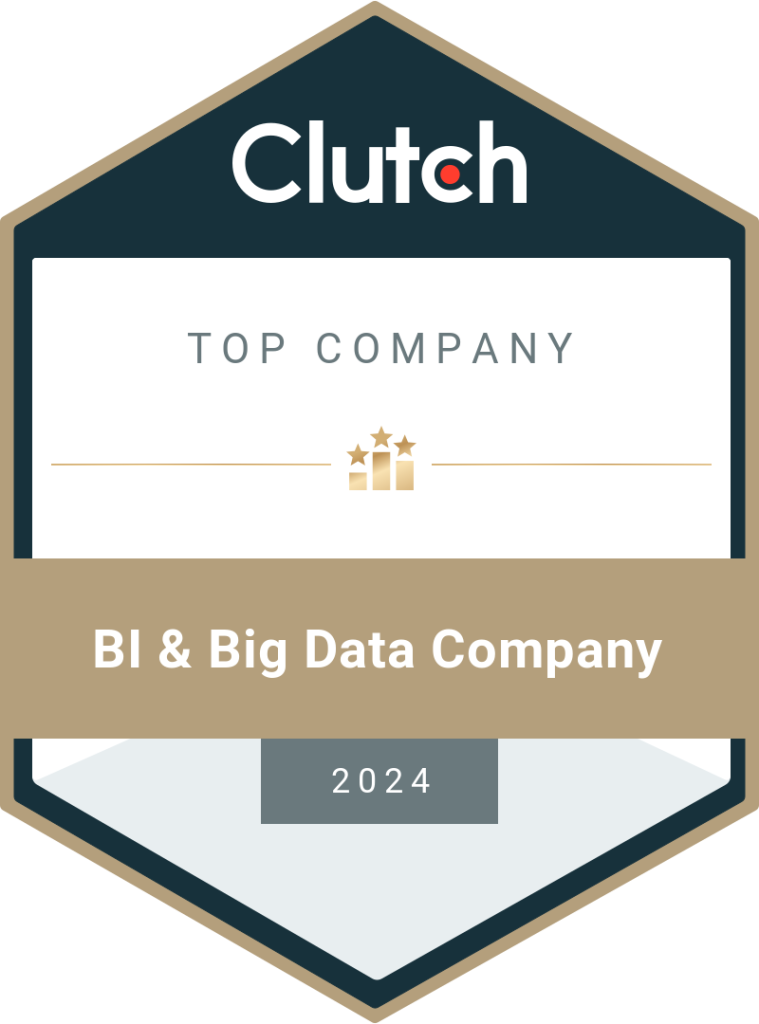11 Extremely Helpful Use Cases of Computer Vision in Medicine
Computer vision identifies patterns in data using artificial neural networks. It helps doctors accurately diagnose complex health conditions and provide effective treatment to patients. Computer vision improves the quality of medical services. Science and technology are a part of our lives. But there’s one area that relies exclusively on them, and that’s the medical industry. Be it for research or healthcare, the medical industry is dependent on science and technology. The computer vision in the healthcare market in 2019 was valued at $445.6 million. It is expected to have a CAGR of 23.6% and touch $2.50 billion by 2028. Over the years, we have seen how new equipment and advanced tools are helping doctors and scientists to diagnose diseases accurately and provide better treatment. Artificial intelligence has begun to make a lot of difference in the medical and healthcare industry. From using robotic arms to perform surgeries to relying on computer vision for medical imaging, AI is enhancing the quality of healthcare services offered to the public. Artificial intelligence is an umbrella term that has various subfields interconnected with each other. If machine learning is one, computer vision is another. Artificial neural networks, natural language processing, and deep learning are other areas of AI used in various industries, either independently or in sync with different subfields. What is Computer Vision? We have mentioned computer vision as a part of AI. But what exactly is computer vision, and how does it help the medical industry? Computer vision has been designed to empower computers to recognize and understand images so that actions that are usually performed by humans are now done by computers. It is the process of automating tasks that were previously handled by humans. A computer vision consulting firm works on training and enabling computers to replicate human sight and understanding processes the way humans do. It is much more than simply copying human actions without understanding the reasons for it. Computer vision is already being used by platforms like Facebook and Amazon to provide personalized services. The technology is making progress in the medical industry to assist doctors and healthcare personnel in identifying patterns, detecting anomalies, and making accurate diagnoses to provide correct treatment to the patients. Evolution of Computer Vision Do you know that it took less than a decade for computer vision technology to be 99% accurate from being just 50% accurate back then? Computer vision was first used in the 1950s to distinguish between typed and handwritten text. Today, technology can process and analyze images to understand which action has to be performed. One of the primary reasons for the growth of computer vision is the increase in data. With billions of images being shared online every day, it has become necessary to use technology like computer vision to process these images and identify the objects/ data in them. How Does Computer Vision Work? In a way, the process is similar to recognizing and tracing patterns. We could say that computer vision relies on neural networks and algorithms that mimic human minds to observe images the way humans do. Facial recognition is one example of computer vision. Earlier, creating something like this needed a lot of manual work. And yet, the margin of error was high. But with machine learning algorithms and deep learning becoming more precise, the need for human intervention has reduced. However, if you want to invest in computer vision technology, you will need to hire CV experts to handle the systems. Many organizations, including the medical industry, are hiring computer vision services to enhance their processes and deliver high-quality services. Medical Fields Where Computer Vision is Used The medical industry is made up of several subfields, each of which focuses on different specializations. For example, dermatology deals with skin, cardiology is about the heart, and so on. Computer vision is used in each field in a different way to assist doctors to detect early signs of symptoms and prevent the disease from affecting the patient after they have recovered from it. Radiology Computer vision assists physicians to make the correct diagnosis, especially if he hasn’t come across a case like that before. The job of a radiologist is to- Dermatology Computer vision applications help dermatologists in three ways- Cardiology Computer vision applications and virtual reality hardware are used together by cardiologists so that they can- Embryology Computer vision is transforming IVF (In Vitro Fertilization) through- Use Cases of Computer Vision in Medicine 1. Accurate Measurement of Blood Loss Computer vision is now accurate enough (more than 99%) and is known to predict and measure data by analyzing images with great clarity. Gauss Surgical has developed a computer vision application that helps measure blood loss during childbirth. Excessive bleeding during childbirth has caused a lot of complications and the death of new mothers for centuries. This application helps measure the amount of blood loss so that the doctors will know when things will get risky for the patient. The CV tool uses studies of images of surgical sponges and suction canisters used during the delivery to determine if the patient is at the risk of suffering from excessive blood loss. 2. Minimizing False Positives False positives can prove to be costly, not only in terms of money but also in terms of life. Treating someone for a disease they don’t have but have been tested positive because of faulty analysis can lead to short-term and long-term ill-effects. AI Vision Consultancy services help healthcare centers develop computer vision tools that can process a vast amount of data and identify subtle changes in patterns. There are two advantages of using CV applications for testing patients. One is the reduction in the number of false positives, and another is the detection of minute symptoms that could, in all probability, be missed when using traditional testing methods. Instead of going through multiple tests to confirm whether they are really positive for a disease, a patient can rely on the reports generated using CV tools. 3. Timely Detection of Symptoms Patients suffering from cancer, Alzheimer’s, Parkinson’s,
Read More







